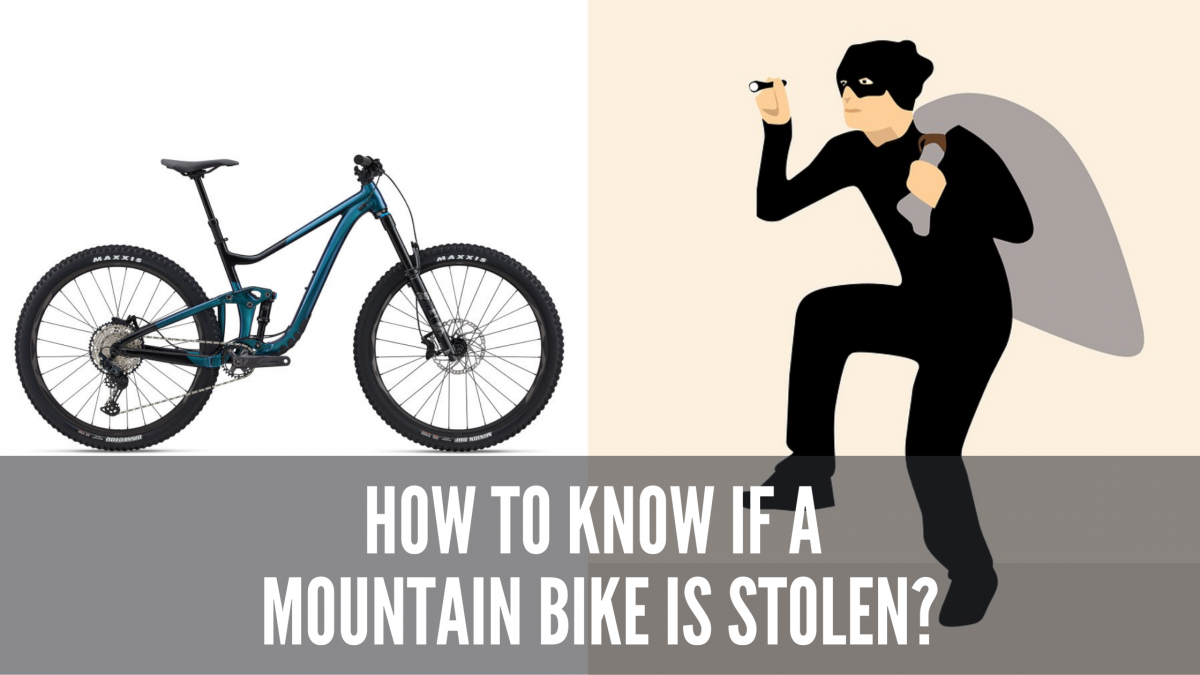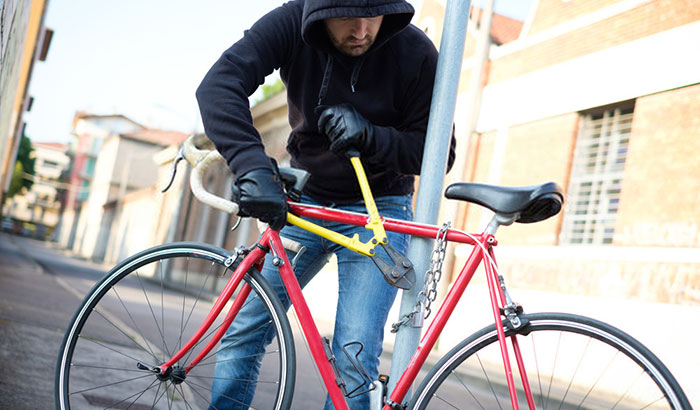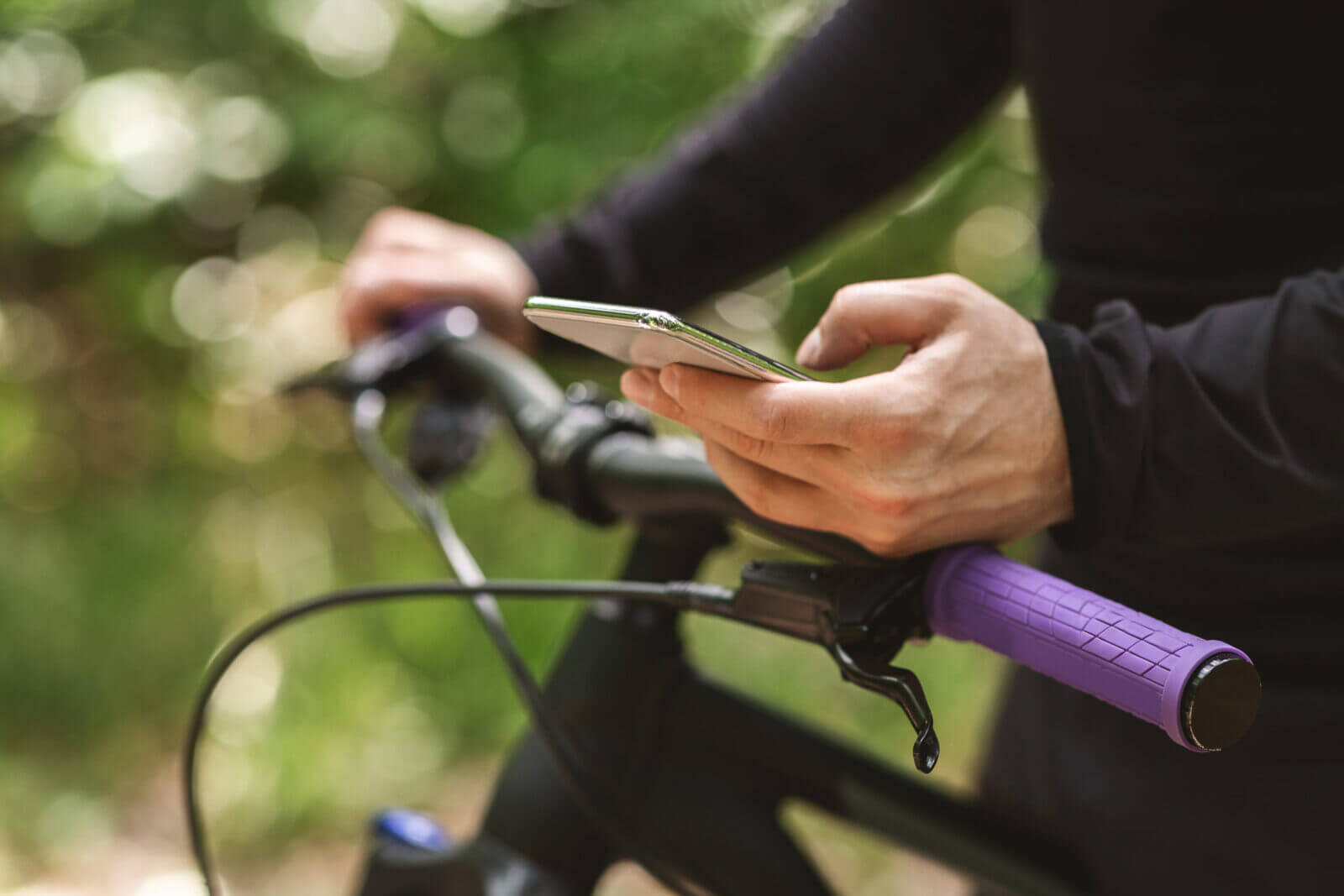Welcome to our in-depth guide on how to ensure your dream bike isn’t someone else’s nightmare. The thrill of finding the perfect used bike can quickly turn sour if it turns out to be stolen property. In this comprehensive guide, we’ll navigate through the super important steps to check if a bike is stolen before you seal the deal. By being vigilant, not only do you avoid legal issues, but you also help combat bike theft—a growing concern in many communities.
Table of Contents
ToggleUnderstanding the Importance of a Bike’s Serial Number
What is a Bike’s Serial Number?
Just like cars have VIN numbers, every bicycle comes with a unique identifier known as the serial number. This set of numbers and letters is typically stamped on the underside of the bike frame, but it’s not uncommon to find it on the fork or crank. This serial number is your first line of defense in identifying the legitimacy of a bike’s ownership.
Why Check the Serial Number?
Why fuss about a serial number? Simple: it’s the most reliable way to ascertain if a bike has been reported stolen. If a bike is stolen and reported, its serial number is entered into a national database accessible through various online resources. Checking this number is an super important step in responsible bike buying.
Step-by-Step Guide to Checking if a Bike is Stolen
1. Locate the Serial Number
Start by finding the serial number. Flip the bike over and look on the underside of the frame. The serial number is a unique combination of letters and numbers, often stamped directly into the metal.
2. Utilize Stolen Bike Databases
Armed with the serial number, your next step is to consult stolen bike databases. Platforms like Bike Index and National Bike Registry offer easy ways to check the serial number. Simply enter the number into their search bars, and any reports of theft will appear.
Accessing Bike Index and National Bike Registry
To use Bike Index, visit their website, and enter the serial number in their search tool. For the National Bike Registry, you need to create an account first. After logging in, navigate to the “Check a Bike” section, input the serial number, and hit “Check.” Any theft reports will be displayed.
3. Ask for Proof of Ownership
When purchasing a used bike, always request proof of ownership from the seller. This could be a purchase receipt, a registration card, or a title. If the seller struggles to provide this, consider it a major red flag.
4. Inspect for Signs of Tampering
A tampered serial number or signs of physical alterations on the bike are telltale signs of a stolen bike. Scratches over the serial number area, missing components, or mismatched parts should raise your suspicion.
Spotting Red Flags
Recognizing Altered Bikes
Be on the lookout for bikes with defaced serial numbers, or ones that show signs of hasty repaints. These are often methods used by thieves to disguise a stolen bike.
Understanding Seller Behavior
Pay attention to the seller’s behavior. Are they reluctant to share detailed information about the bike’s history? Do they seem eager to sell it off quickly without proper documentation? These behaviors can be indicative of a stolen bike.
Legal and Ethical Considerations
The Illegality of Buying Stolen Bikes
Purchasing a stolen bike is illegal and can land you in significant legal trouble. It’s not just about losing money; it’s about being complicit in a crime.
Ethical Implications
Beyond legalities, consider the ethical aspect. Buying a stolen bike perpetuates the cycle of theft and impacts the biking community negatively. Always choose to be part of the solution, not the problem.
Taking Action if You Suspect a Bike is Stolen
What to Do if You Have Doubts
If you’re faced with a situation where you suspect a bike might be stolen, taking the right steps is super important. Here’s what you can do:
- Contact Local Authorities: If your research or instincts suggest the bike is stolen, the first step is to contact your local police department. They can cross-reference stolen property reports and help verify the bike’s legal status.
- Avoid Confrontation: If you’re interacting with a seller and suspect the bike is stolen, it’s wise not to confront them directly. Instead, take note of their contact information and the bike’s details, and report them to the authorities.
- Seek Expert Advice: Sometimes, it’s challenging to determine the legitimacy of a bike’s ownership. In such cases, seeking advice from local bike shops or cycling communities can be invaluable. These groups often have experience in identifying stolen bikes and can offer helpful guidance.
Tips for Safely Buying a Used Bike
To make a safe and legal purchase of a used bike, keep these tips in mind:
- Serial Number Verification: Always verify the bike’s serial number against national databases. This step is non-negotiable and should be the first thing you do.
- Request Ownership Proof: Insist on getting proof of ownership from the seller. This could include a receipt, a warranty card, or any official document that ties them to the bike.
- Examine the Bike Thoroughly: Look for signs of tampering or alteration. This includes checking the bike’s overall condition, paintwork, and the integrity of the serial number.
- Meet in Public Places: For personal safety and to avoid scams, always meet sellers in public, well-lit areas. This also gives you a chance to test-ride the bike and inspect it in good lighting.
- Take Your Time: Don’t rush into a purchase. If something feels off, walking away is better than buying a stolen bike.
Understanding the Risks of Buying a Stolen Bike
Legal and Financial Consequences
Buying a stolen bike can have serious consequences. Not only is it illegal, but it can also result in financial loss and legal complications. If found in possession of a stolen bike, you might be required to return it without compensation, and in some cases, you could face legal action.
Moral and Community Impact
The act of buying a stolen bike inadvertently supports the illegal bike theft market. This not only affects the original owner but also contributes to a larger problem within the cycling community. By making sure you’re buying a legitimately-owned bike, you’re helping to combat this issue.
Conclusion
In conclusion, taking the steps to ensure a bike is not stolen before purchasing it is not only a legal necessity but a moral obligation. Doing so contributes to a more responsible and ethical cycling community.
For more information on safe cycling practices and a great selection of bikes, visit our homepage at Refried Cycles. Here, you’ll find a wealth of resources to help you on your cycling journey, whether you’re a seasoned pro or just starting.
Thank you for joining us in this comprehensive guide on how to check if a bike is stolen. Ride safely and responsibly!









